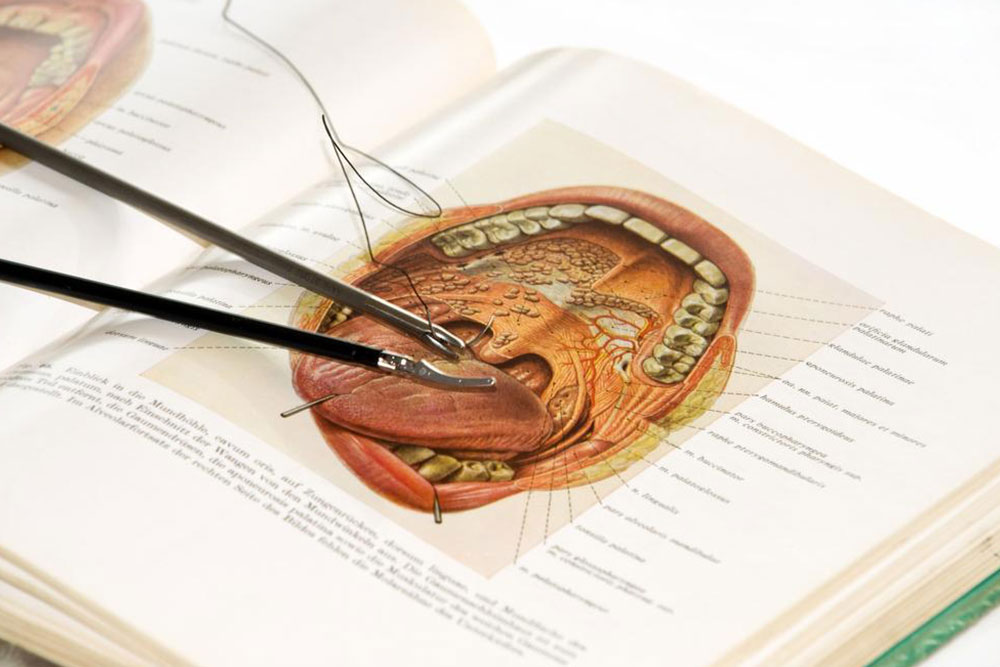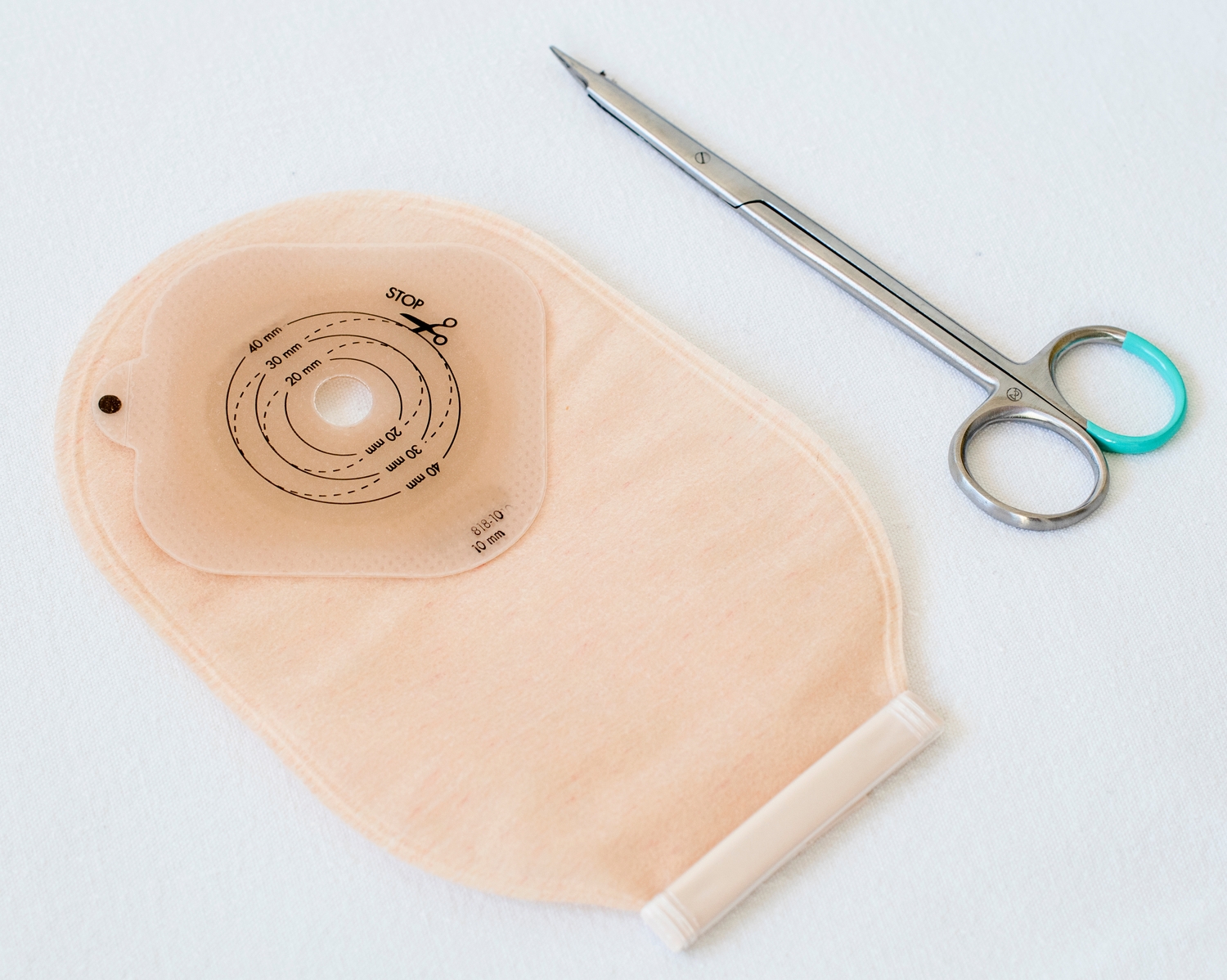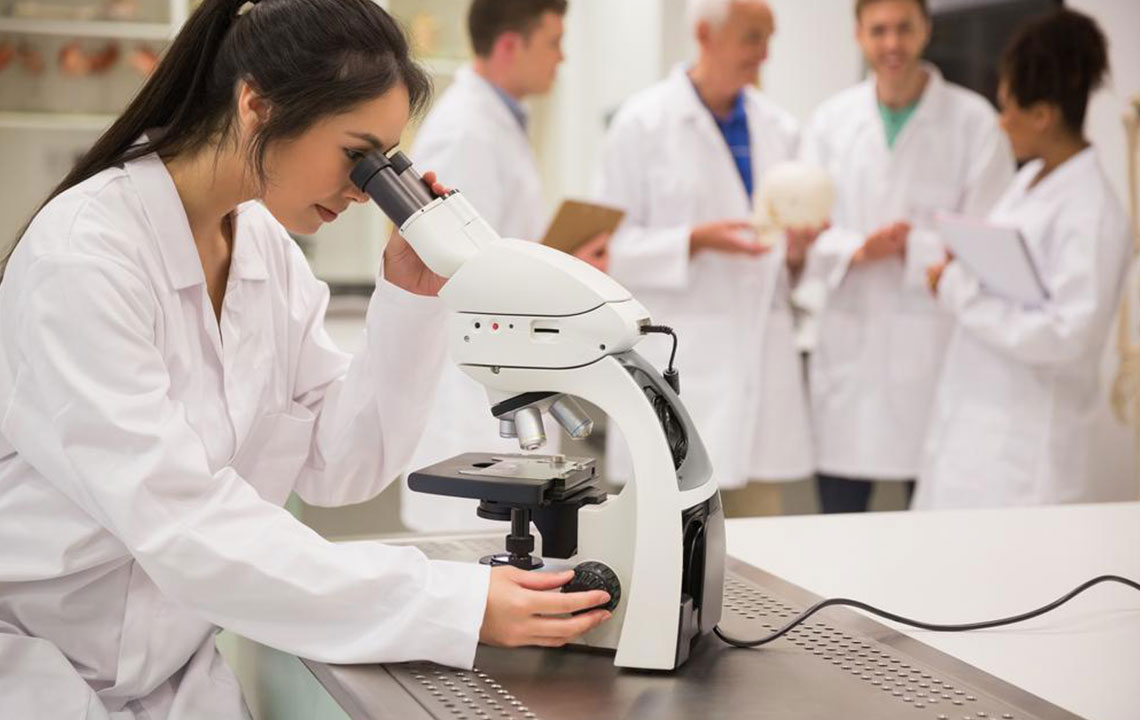Essential Fields to Understand Human Body Structure
Discover key fields where knowledge of human anatomy is essential, including medicine, research, and health sciences. Learn how foundational anatomical understanding supports various careers and advances medical knowledge, with insights into historical developments and modern applications.

Essential Fields to Understand Human Body Structure
Anatomy is defined as the branch of science dedicated to exploring the physical structure of humans, animals, and other organisms, primarily through dissection and study of parts. This field includes detailed visual representations and descriptions of human anatomy. Although its roots date back to ancient civilizations, a scientific study of anatomy only developed during the 14th century, transitioning from superstition and folklore to empirical research. Historically, cultural taboos around dissection limited access to detailed anatomical illustrations for medical and nursing professionals.
Significant progress was made with Andreas Vesalius’s De humani corporis fabrica and Sir Henry Gray’s Gray’s Anatomy. These works revolutionized the field with their comprehensive illustrations and descriptions, forming the foundation for modern anatomical studies and medical education. Knowledge of human anatomy is crucial across numerous careers, including:
Epidemiologists: Investigate disease causes and public health issues, manage health programs, analyze data, and communicate findings to policymakers and practitioners.
Chiropractors: Address musculoskeletal issues through therapies like physiotherapy, massage, and acupuncture, aiding in pain relief and posture correction, while conducting physical exams.
Medical Researchers: Develop medical procedures, analyze samples, and study diseases to improve health standards, collaborating with physicians and health agencies.
Biophysicists and Biochemists: Explore the physical and chemical aspects of biological processes, examining how these sciences influence living organisms.
Biological Sciences Educators: Teach human anatomy and physiology, utilizing detailed illustrations, typically requiring advanced degrees in medicine and biological sciences—making anatomy expertise essential for this role.
Note: Our blog offers diverse, insightful content based on thorough research. While we strive for accuracy, readers should verify information independently, as discrepancies may occur across sources. We also cannot guarantee the completeness of all available offers or schemes discussed.






